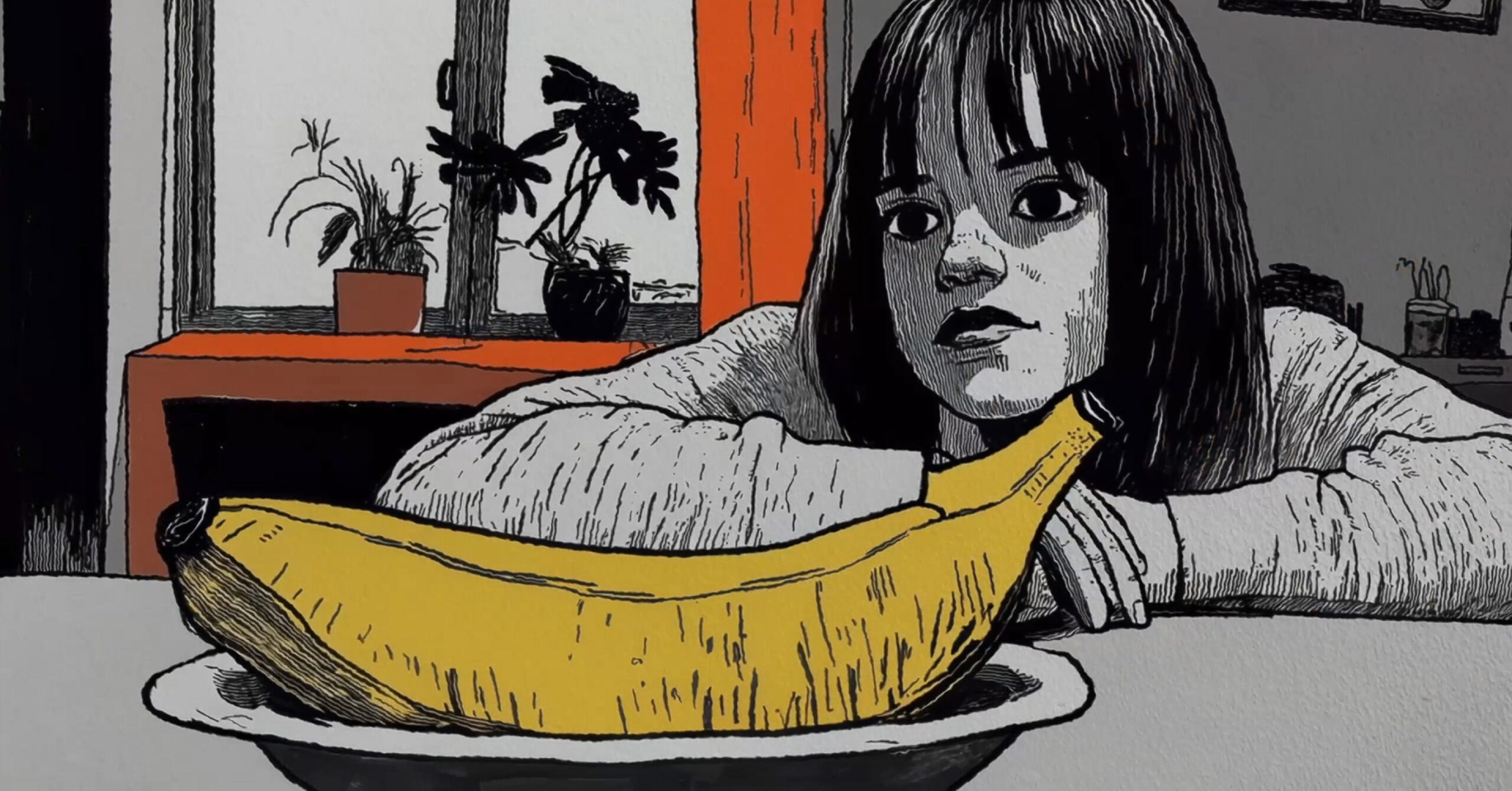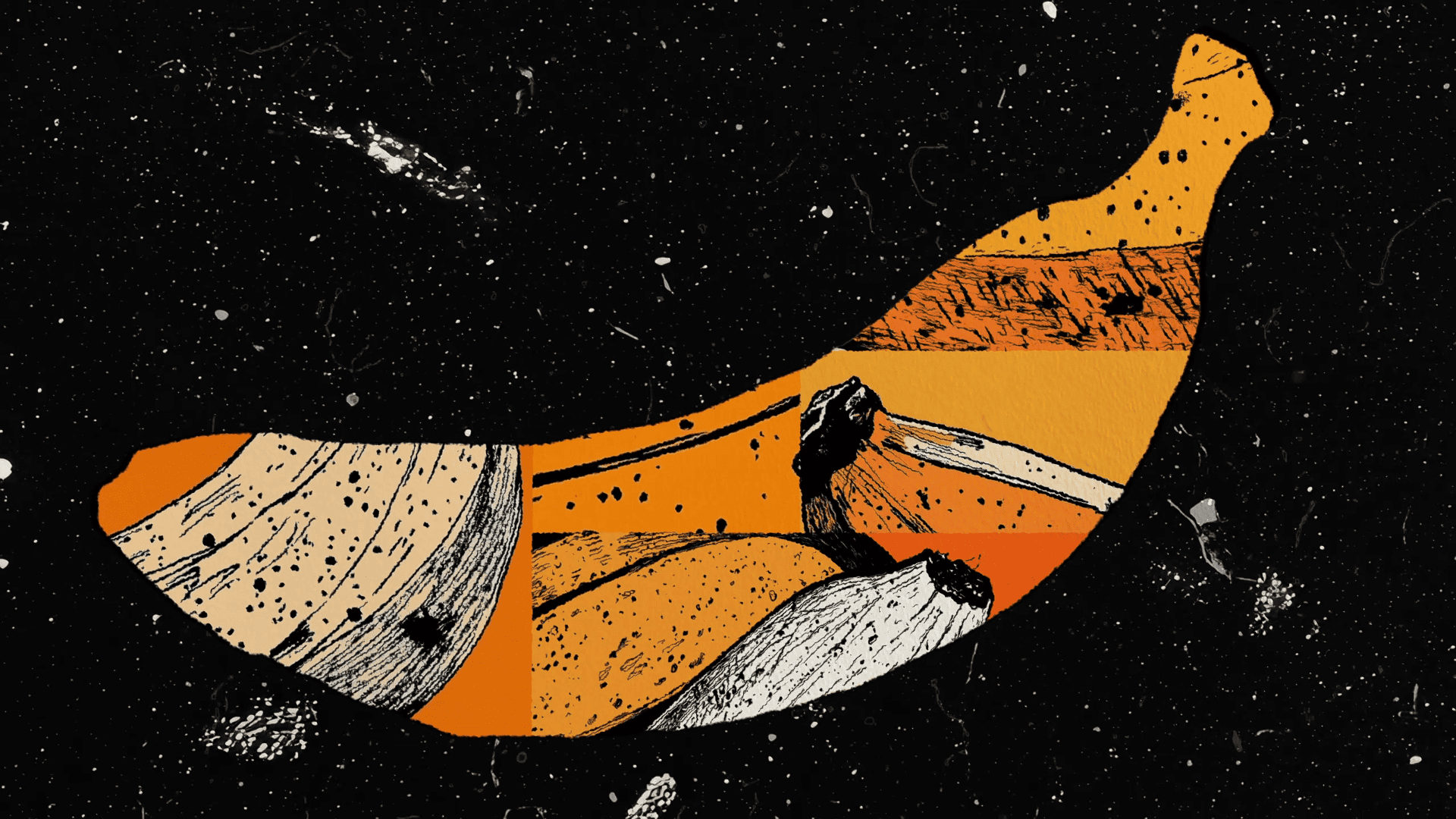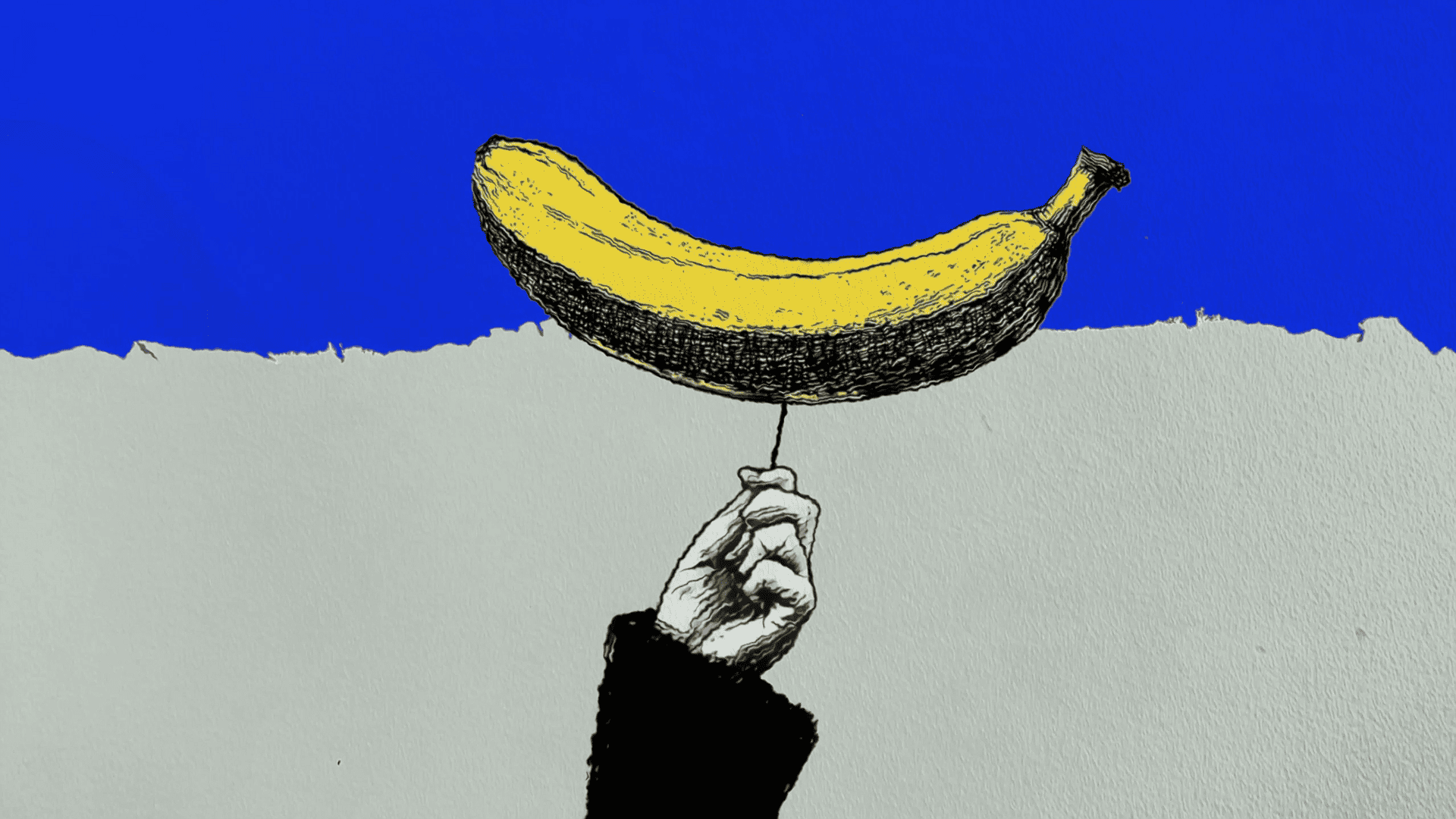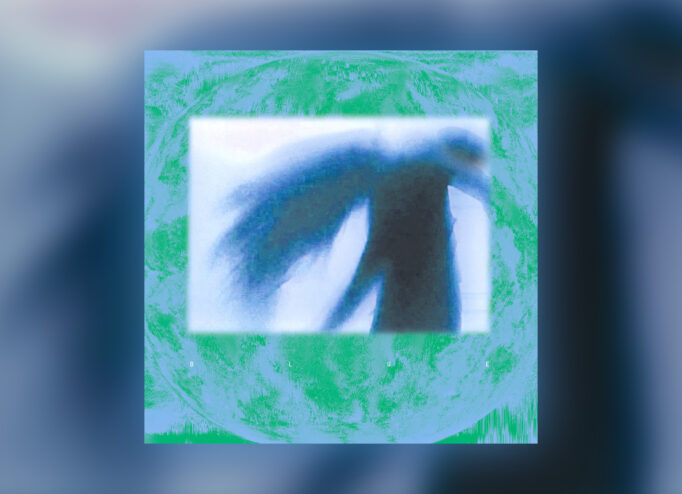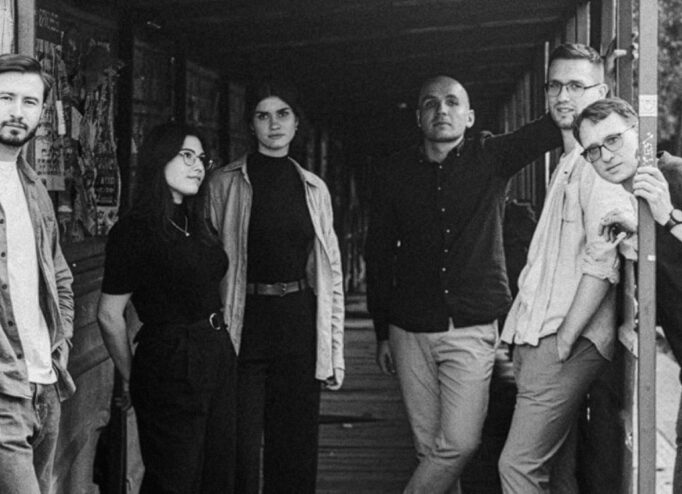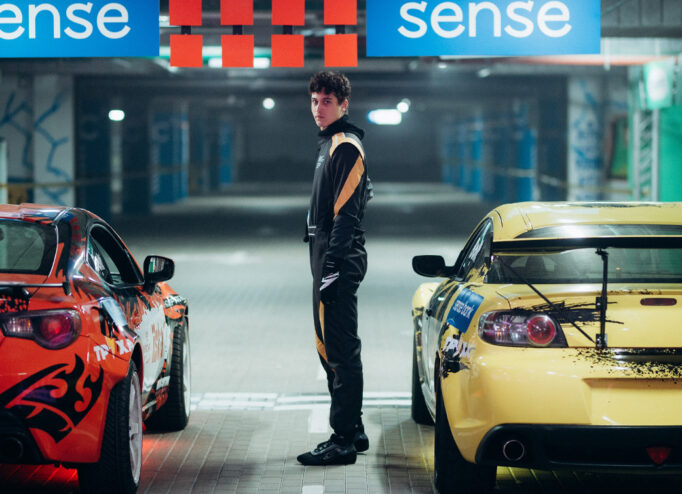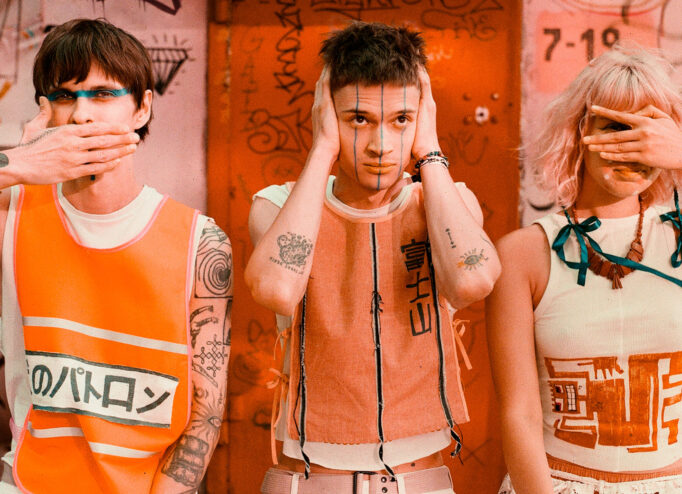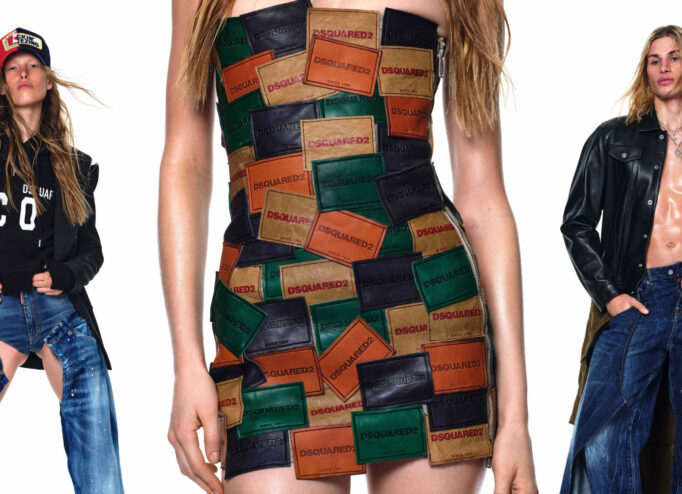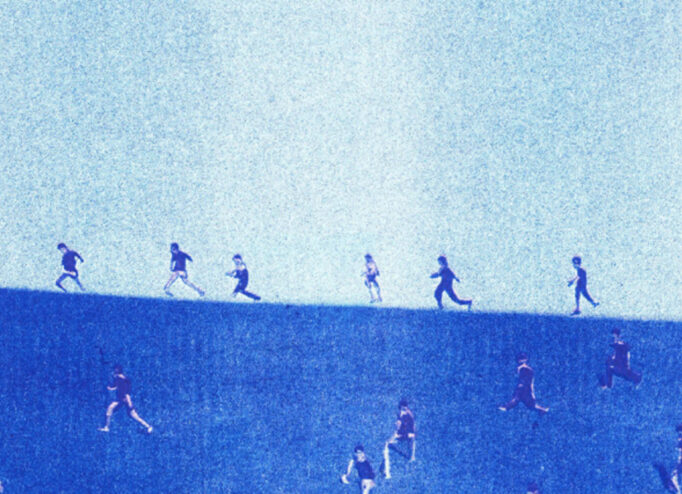In June, the Ukrainian short film ‘Distance Between Two Points Of Me’ became a finalist at the Runway AI Film Festival — the world’s largest festival combining cinema with artificial intelligence tools, held in Los Angeles. The film was directed by Illya Dutsyk, known for his recent work on the music video ‘Vdykh Vydykh’ for composer and producer Katarina Gryvul. The film is based on a narrative by film critic Nataliia Serebriakova and serves as a ‘poetic reflection on memory, loss, and the search for home’.
DTF Magazine, together with the team, presents the film in Ukraine and shares more about ‘Distance Between Two Points Of Me’ in a feature with director Illya Dutsyk and producers Bogdan Nesvit and Anatolii Kasianov.
About ‘Distance Between Two Points Of Me’
‘Distance Between Two Points Of Me’ is a film generated with the help of artificial intelligence, except for a few individual frames that were drawn by hand.
Conceptually, the film touches on aspects of Ukrainian life in the context of war — nostalgia, memory, loss, and the search for a sense of home. It explores ‘the invisible line between who we were and who we are becoming’.
‘For me, this film is about the search for home and for oneself — not so much as a geographical place, but as an inner sense of belonging, — Illia Dutsyk explains in a comment to DTF Magazine. — I wanted to explore how physical and mental distance affect memory: how we remember our childhood, our loved ones, and how those memories intertwine with our present self’.
The plot is based on Nataliia Serebriakova’s short story ‘Banana’, which was inspired by a true event from her life.
‘At its heart, this is a true story — a quiet tribute to a sister, and to the space that grew between two people once so close. It is about a relationship changed forever, and a home someone chose to stay in, no matter the cost’, the synopsis reads.
The Ukrainian team worked on the film for a month — from writing the script to the final result.
The deadlines were also determined by participation in the Runway AIFF festival — they decided to enter the festival just a month before the submission deadline, seeing it as an ‘ideal platform for experimentation’. Therefore, the full-fledged creation of the film using AI was ‘both a technological and creative necessity’.
More about the plot
Serebriakova dedicated the story to her sister, who chose to stay in Sumy despite the constant threat of shelling.
‘In the film, the protagonist goes through an inner monologue, moving from her past self — the one who stayed in her hometown — to her present self, now living elsewhere. Through a simple symbol, she tries to connect these two versions of herself and rediscover a true sense of home, — Dutsyk explains. — This is the experience of millions of Ukrainians today who were forced to leave their homes’.
The starting point for the protagonist’s return to her memories is an ordinary object — a banana. Through this, her feelings and reflections unfold in a dialogue with the fruit, which was carried over unchanged from the original short story into the animated film.
‘On one hand, the banana is one of the most recognizable symbols in visual culture. It’s almost playful, mundane, absurd — but thanks to that, it opens up space for experimentation and creative play. On the other hand, in Nataliia’s original story, the banana was precisely the object that maintained a connection to home. So it was important for us to keep that symbol and not lose the connection to the real story’.
About the decision to work on an AI-generated film
In a comment to DTF Magazine, Bogdan Nesvit explains that the decision to use AI in the creation of the short film stemmed from several reasons. First — a belief in the synergy between human vision and creativity, and the efficiency and technical capabilities provided by artificial intelligence.
‘Secondly, we believe that AI democratizes content creation. Technology should remove barriers for those who want to create but don’t have access to large budgets, equipment, or a team. In the past, only studios with hundreds of millions in funding could afford to produce high-quality films, but now creative teams can realize such projects at a much lower cost’.
About the creation of the film
Illia Dutsyk explains that the entire visual part of the film was created using artificial intelligence, except for a few scenes where ‘the team manually set the necessary direction or refined details and animation for greater accuracy’.
‘We manually animated the frames where precise transitions were important — in those moments, I relied on the classic short film production approach, — Dutsyk says. — Throughout the process, we tested many methods, because at that time it was difficult to maintain both composition and consistency in the same frame. Basically, you were either working on style or on composition. It’s hard to achieve both at a high level when working with AI. We tried to find a balance — sometimes we succeeded, sometimes we didn’t. But it was an important experiment and learning experience’.
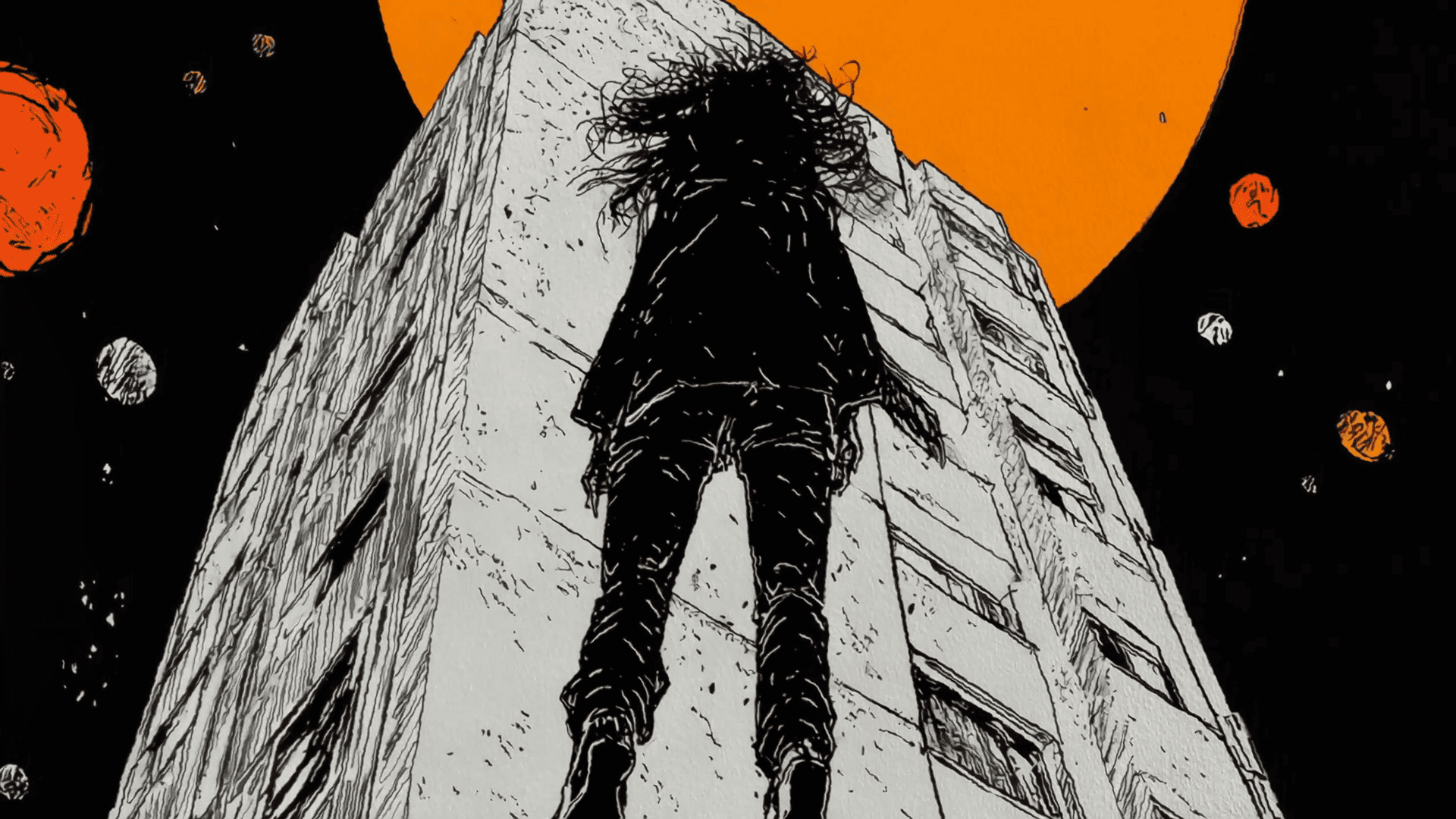
Describing the production process, Illia explains that the team initially generated images using AI tools such as Midjourney, Stable Diffusion, Flux, and Luma. The generated images were then animated, mostly using Runway, Kling, and Sora.
The final stage involved manual clean-up and additional animation of the images, followed by final color correction.
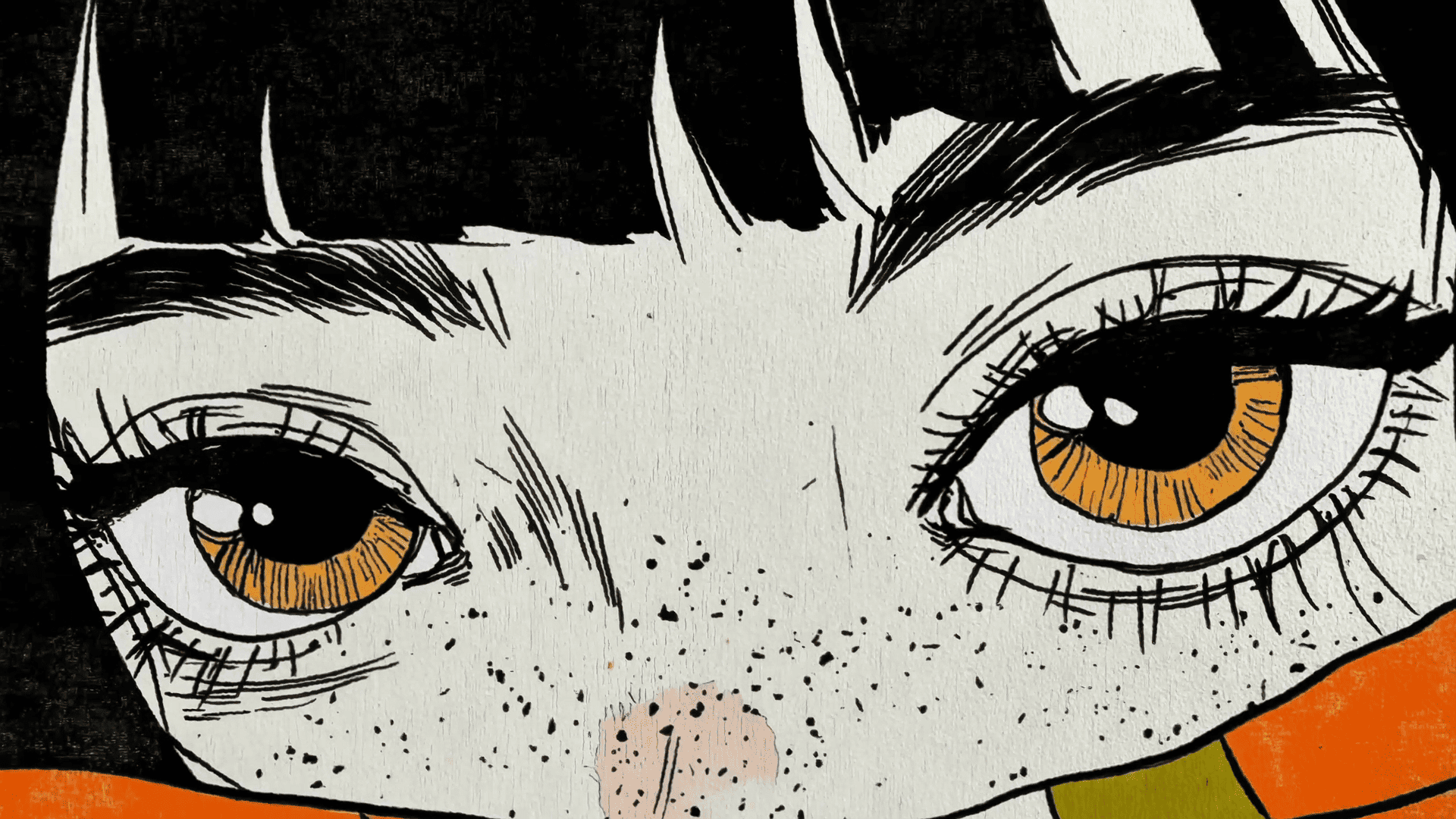
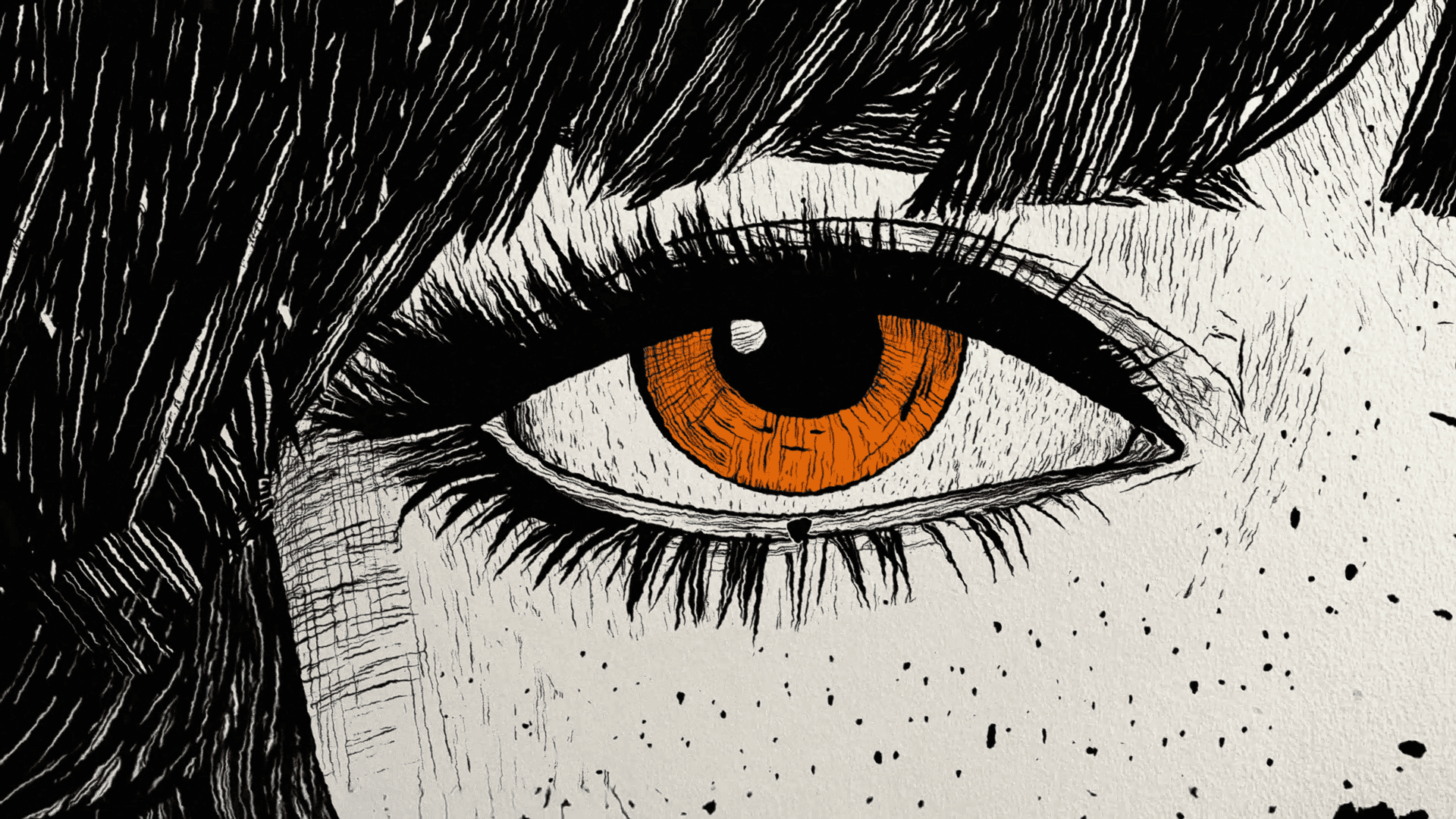
About the disadvantages of AI tools compared to hand-drawn animation
Highlighting the main advantages of using AI in animation, Illia and Bogdan point to its speed, which allows testing dozens of different versions in a short amount of time. They also mention the ability to search for the right visual in real time, and the ‘low cost of error’: when ‘something doesn’t work, the team can simply try another option without spending too much time or resources’.
‘The main advantage of AI is the speed of turning an idea into form. You can literally transform a thought or emotion into a visual story within a day, without the need for a large studio or complex production’, Nesvit adds.
At the same time, Illia names consistency as the main drawback of working with AI animation: ‘It’s very difficult to make the piece look cohesive and ensure characters don’t change from frame to frame’.
‘AI isn’t always able to reproduce a character or location consistently from frame to frame. It requires additional technical solutions and creative compromises. On top of that, every model update changes the logic of generation — and that also affects the stability and predictability of the results’, producer Anatolii Kasianov explains.
The second drawback, according to Dutsyk, is the difficulty of finding a personal style and ‘maintaining it to avoid that ‘AI look’ in the visuals’. The third disadvantage he notes is the compositional block, which the director calls ‘his personal pain’.
‘It’s impossible to fully control the frame’s composition or fine-tune it to perfection — you end up looking for workarounds, and the result doesn’t always satisfy you’.
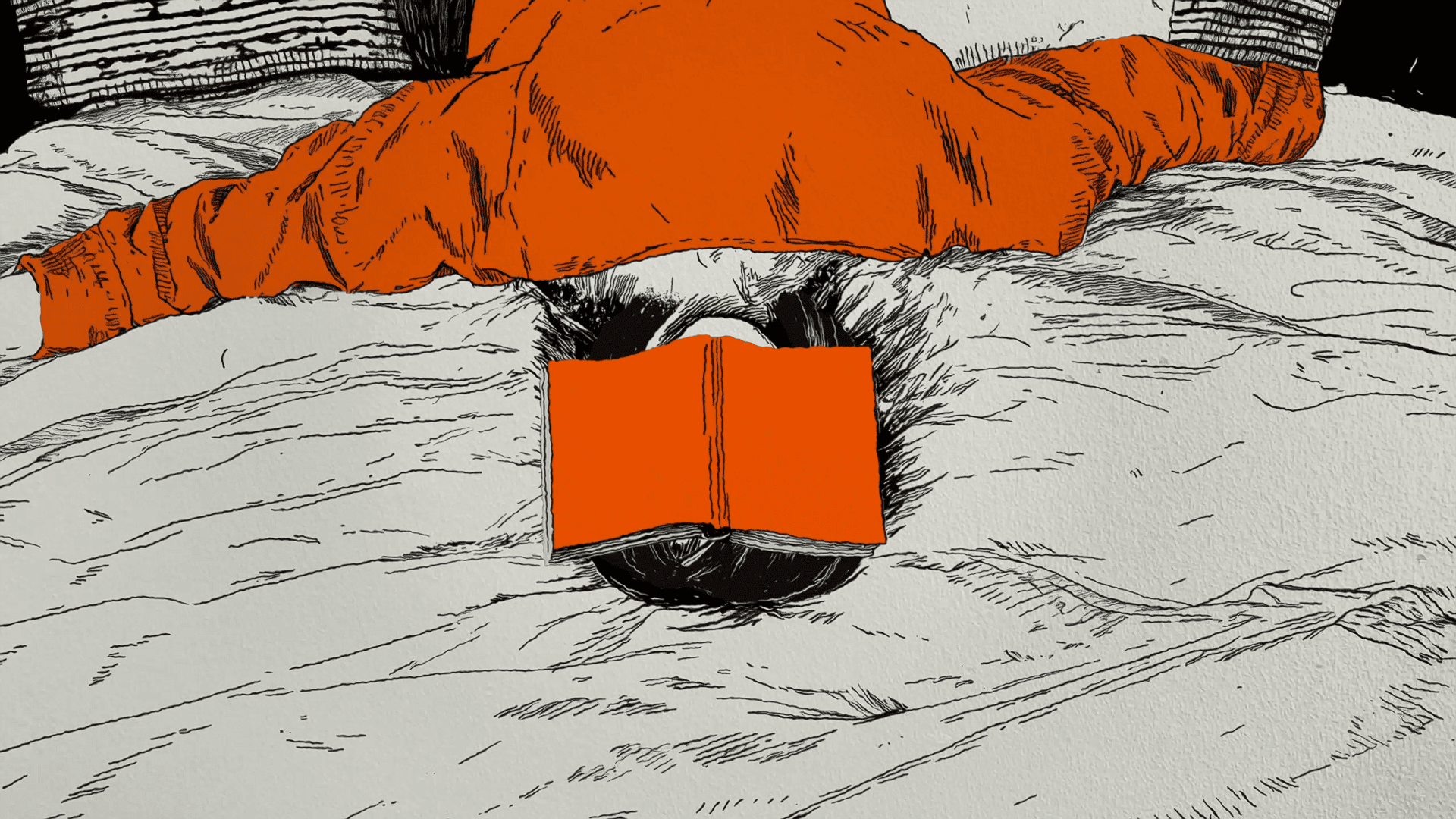
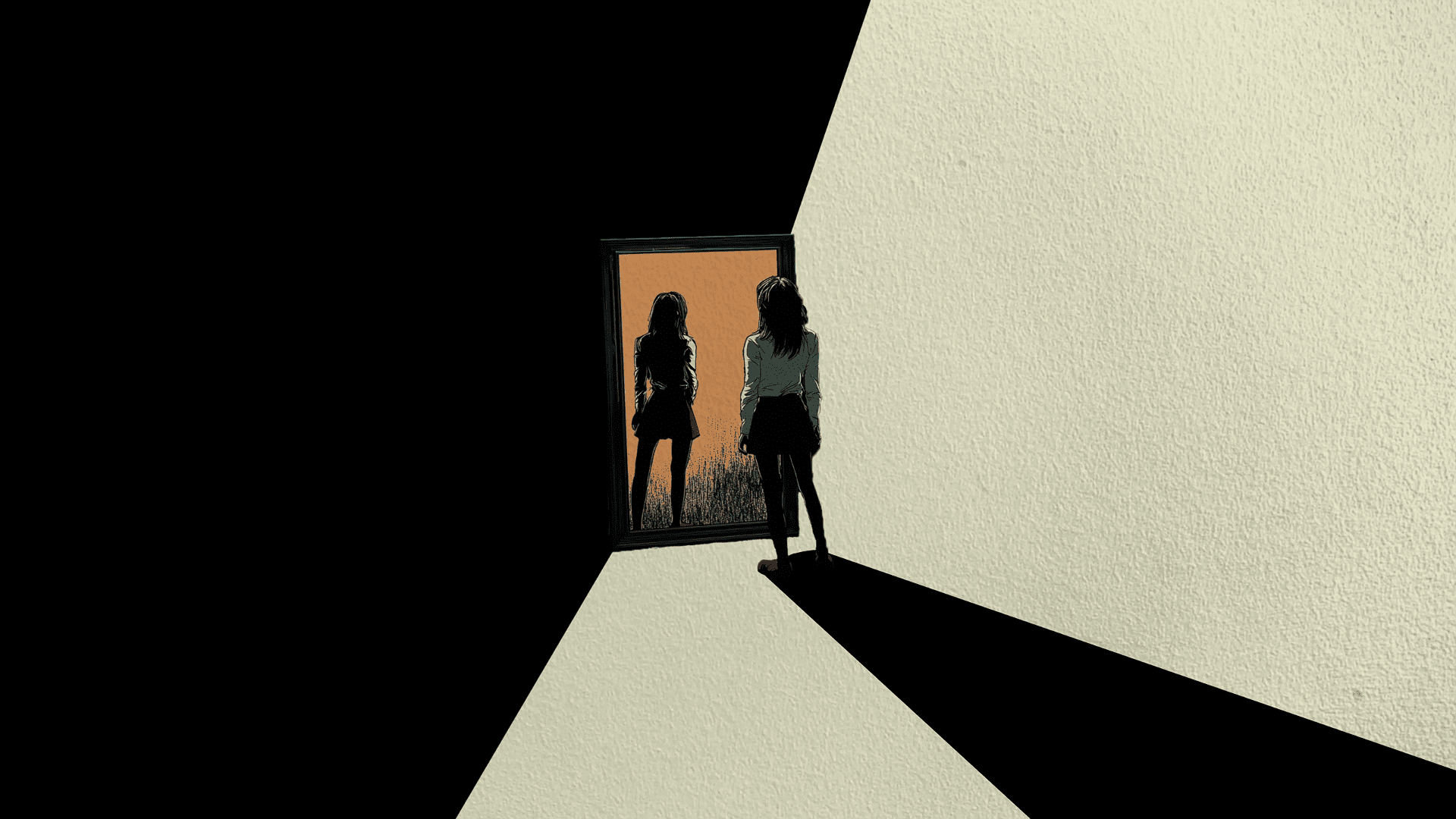
Kasianov adds that AI tools, in a way, deprive creators of the process itself:
‘For many people, their craft is meaningful as a process. Like a woodcarver who values not just the result but the ritual itself — the meditative state of creating. Many animators feel the same about their work. And, probably, this will become less common. But I’m sure that human, hand-drawn animation won’t disappear. It will remain as a separate direction — a form of art that can be chosen consciously’.
About the advantages of working with artificial intelligence
Illia reiterates that the undeniable advantages of this approach are ‘the right to make mistakes’ and the accessibility of AI tools, which allow ‘a greater number of people to create, opening up new voices and forms’.
At the same time, Dutsyk clarifies that alongside accessibility comes another drawback — an oversupply of AI-generated content, the value of which diminishes amid oversaturation.
‘AI is the future that can no longer be ignored. It opens up more room for experimentation and allows creative hypotheses to be tested quickly. I constantly keep an eye on model updates and often use them to sketch out visual ideas that can strengthen the concepts of the projects I’m working on’, he explains.
Describing the advantages of working with AI, Anatolii Kasianov clarifies that generative tools make it possible to create high-quality content without large budgets, big teams, and at a much faster pace: ‘Essentially, we’re moving toward a world where imagination is the only limitation’.
